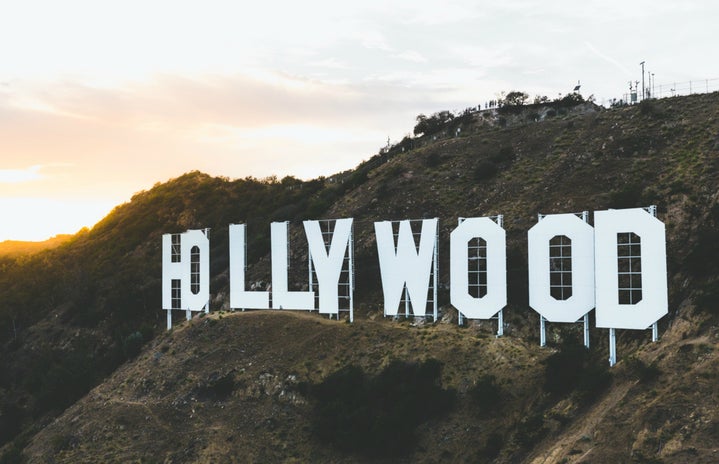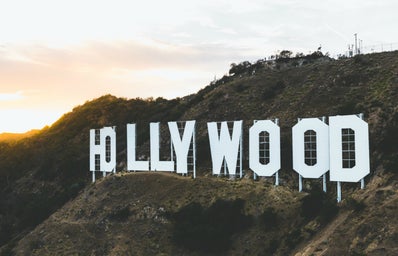The recent progress report from the Annenberg Inclusion Initiative — a study that examines gender, race, ethnicity, and age of lead and co-lead actors in the 100 top-grossing films of each year from 2007-2022 — found that women of color were either leads or co-leads in 16% of the 100 top-grossing films in 2022, an increase from 2021’s 11%. This marks the highest number of underrepresented women and non-binary individuals in these roles, but a decrease in progress for people of color (POC) in general, who comprised 29% of leads or co-leads in 2022 compared to 32% in 2021.
Placed within the context of the entire survey, which spans from 2007-2022, USC Annenberg’s 2022 study indicates marginal gains for diversity, hinting at society’s desperate attempts to conflate statistics with progress, as overall representation suffered both in front of and behind the camera. Women of color (WOC) demonstrated the largest improvement, a mere 5% increase that fails to reflect the 20% U.S. population demographic, as did non-binary actors Janelle Monáe and Amandla Sternberg, with a whopping two films. Female representation has yet to reach gender parity, seeming to stagnate around 40% each year, with no discernable difference (44% in 2022 vs. 41% in 2021) of women in major film leads, emphasizing a lack of genuine change. Moreover, only ten films in 2022 starred women who were 45+ compared to 35 films that featured men of the same age, displaying the longstanding Hollywood tradition of disposing of older women, especially WOC who composed 5/10 of those films, and lime-lighting old white men who are consistently cast over older WOC (27/35 of those films featuring older men). Likewise, ethnic representation has barely shifted and remains below the 40.7% POC threshold in the U.S., flatlining around 30% of POCs as lead or co-leads in the top 100 grossing movies, highlighting the historical exclusion of racial minorities in Hollywood and the continued disbarment of marginalized groups from achieving valued acceptance within the hegemonic industry.
It’s no wonder that representation directly impacts Academy Award nominations, with Viola Davis and the cast of Woman King completely snubbed as well as 0 black actors nominated for leading roles or women for best director. On the flip side, Everything Everywhere All at Once scored 11 nominations and Asian Americans reached a milestone of four acting nominations in a single year, with Michelle Yeoh becoming the second Asian American nominated for Best Actress since Merle Oberon in 1935. Angela Bassett also shattered records by becoming the first Marvel actor to earn an Oscar nomination, having previously won the Golden Globe. (Michelle Yeoh won her Golden Globe as well, and both hold highly contested Oscar races.) While EEAAO illustrates an instrumental representation, it’s telling that three of the four acting nominations stemmed from this singular movie, as opposed to several films with Asian narratives. Clearly, diversity still mainly helms from one successful outlier rather than multiple films reflective of minority experiences, as Hollywood prioritizes visibility over representation, leading to tokenism and reinforcement of degrading stereotypes that further embed prejudice in media.
These statics reveal the glaring gaps that Hollywood has yet to surpass, despite increased drive from contemporary civil rights campaigns such as #OscarsSoWhite or #MeToo, stressing the significance of pushback and advocacy. Diversity is crucial to Hollywood’s success. It’s not enough for media to have POCs lead films, they must be behind the camera, in the writing room, presenting awards, etc., as audiences want to see themselves accurately reflected and represented. Hollywood must actively recognize the importance of stories from marginalized groups; it shouldn’t have to wait for future studies to champion representation and change.
For more information, read the full report.


